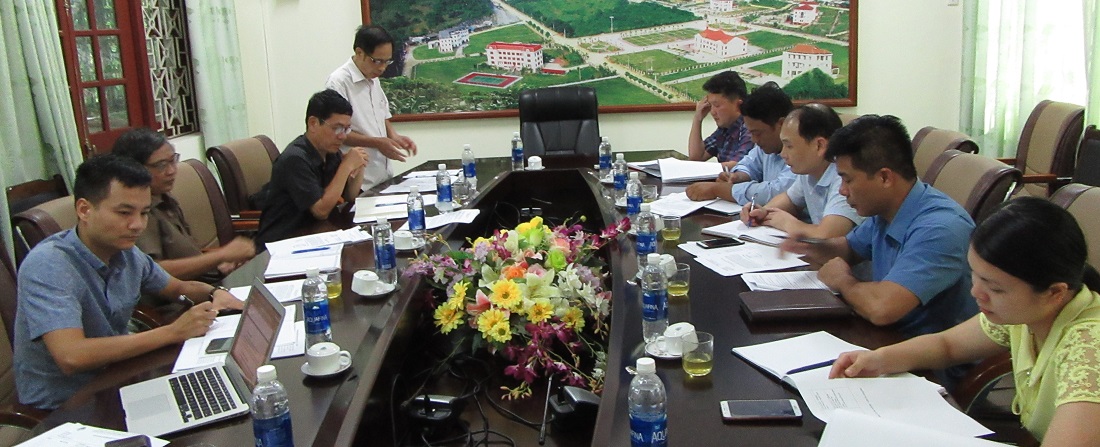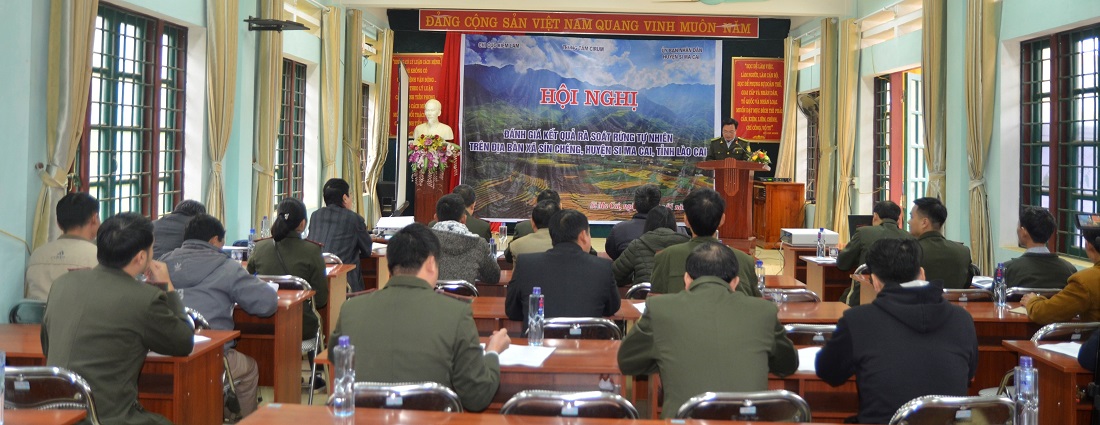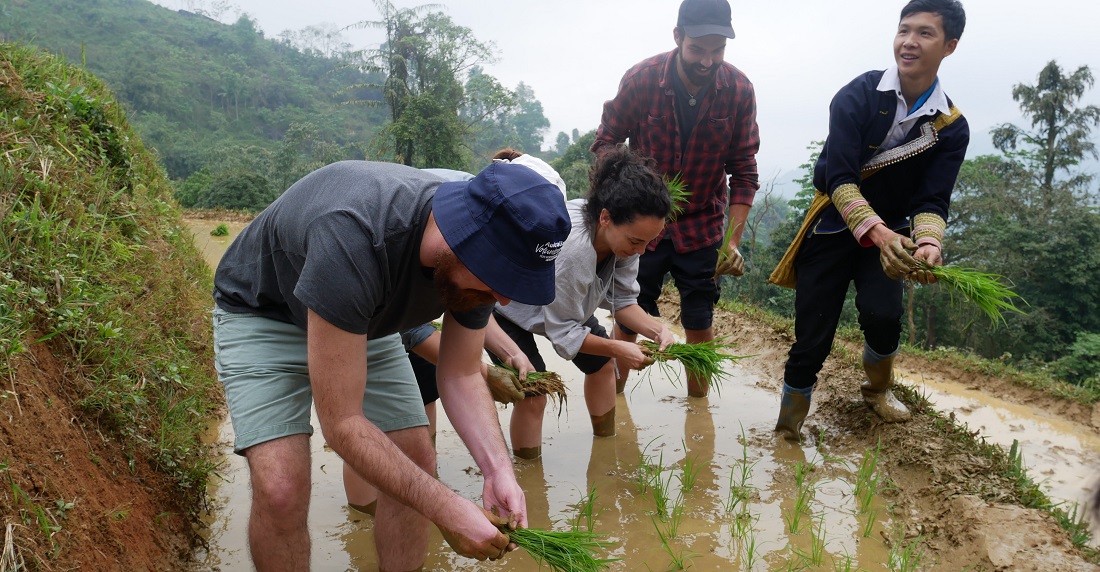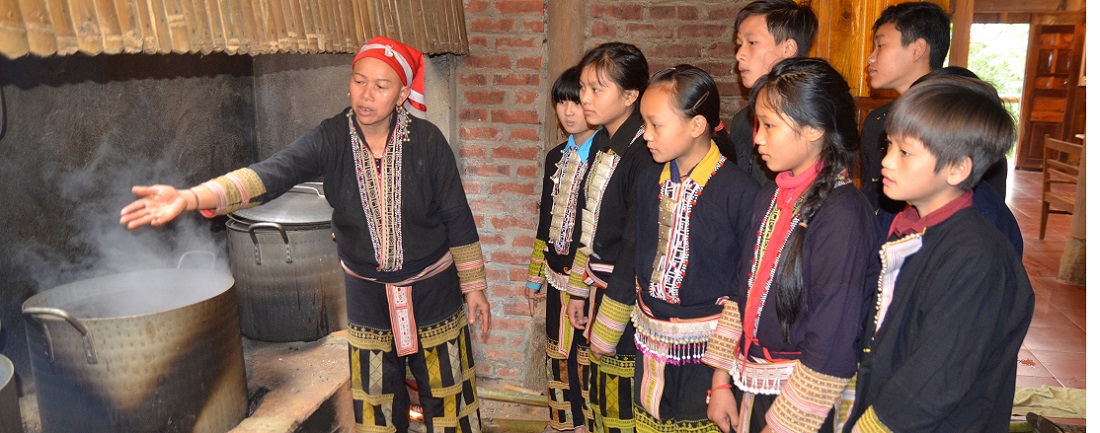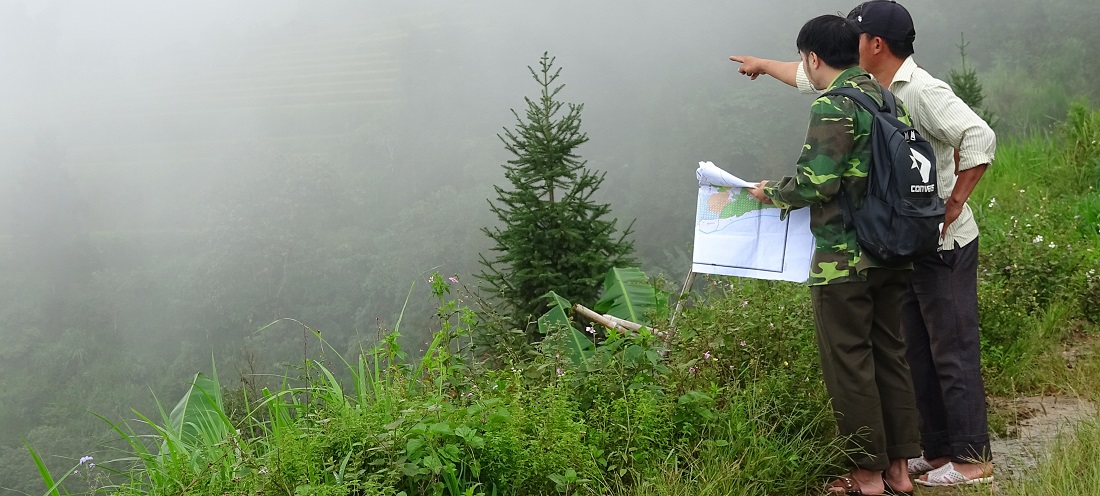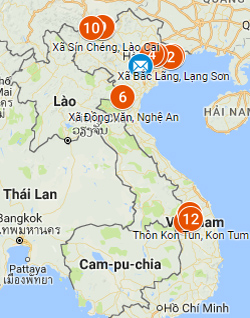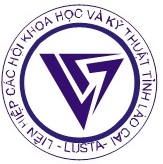The project for conservation and promotion of Đót (Thysanolaena latifolia) for Van Kieu ethnic women in Khe Cat village does not only promisingly bring a bumper harvest, but also creates foundation for a sustainable livelihood in association with forest protection and development. Above all, we could perceive the spirit of humanity, compassion, and mutual aids from the Van Kieu people living in the watershed of the Long Dai river in Truong Son commune, Quang Ninh district, Quang Binh province.
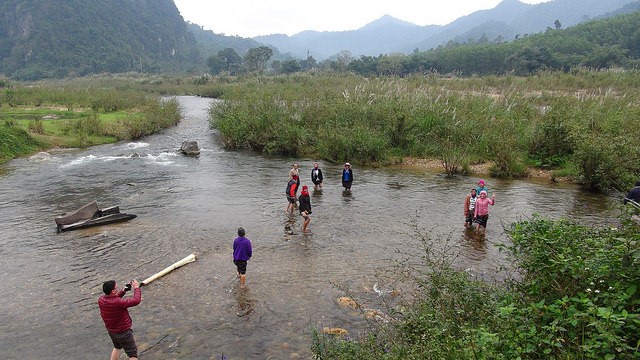
"After the training in Hanoi, it took us more than 2 months to find ways to help the Van Kieu women in Truong Son commune to improve their lives," said Ho Thi Con, former leader of Truong Son communal Fatherland front and current member of LandNet. Involving in the pilot production of Khe Cat village, 10 members, including 9 women selected Đót (Thysanolaena latifolia) for their production and reservation, and the authorities of Truong Son Commune supported them.
Since the local Van Kieu are unfamiliar with planting and caring for Đót, CIRUM (with project funded by EU) facilitated them to organize a study tour to the Đót-planting model in Minh Hoa district, Quang Binh province. The Rural Development and Poverty Reduction Fund of Quang Ninh district (RDPR) involve in the activity as a direct local coordinating partner. The visit helped the Van Kieu women of Khe Cat village to understand clearly the advantage of planted Đót in comparison to the natural ones.
After the study tour, Khe Cat women attended a practical training course on techniques of Đót planting. They identified the planting area and received a direct support of VND 8.3 million for Đót promotion. On average, each member grows 1,200 to 1,500 of Đót seedlings on 1 ha since May 2017, and they plan to harvest from late January 2018. Nguyen Van Trang, Chairman of Truong Son Communal Fatherland Front said, "Đót planting is the right direction. Comparatively, growing acacia is difficult to sell now because of transportation difficulties. With Đót product, we can get VND 20 million per hectare annually. Ms. Ho Thi Xien is a good example of the group, from the area of 200 natural Đót bunches, she has planted 1,200 bunches. We can easily sell both fresh and dry Đót (as materials for making brooms). As our experience, after cutting for products, Đót can regenerate by themselves".
Ms. Ho Thi Sen, a member of the Đót promotion group said "planting Đót is suitable with women’s health and brings a good income to us. Without much labour, we need to prevent buffaloes and cows from eating Đót and forest rats from chewing the roots of Đót. When we go to protect Đót, we can get other kinds of food from forests and prevent from forest violation in the surrounding areas". Sen is a special case of the group, as she has not yet married and is taking care of her invalid sister, who is unable to earn a living by herself. Nevertheless, Sen planted nearly 2,000 Đót seedlings.
Ho Thi Xien, another group member told us: "Every day, I go to the forest to protect Đót and get food from forest. My family is still poor. As a widow, I manage to support schooling for my 4 children. Now Đót helps me to get more income, I feel so happy”. At the middle of the Đót forest, Ms. Xien added: "I left a blank area like this to help other women have a place to gather Đót products". On the way back home, Ms. Xien showed us the Đót planting areas of Mrs. Nguyen and Mr. Trong, who are not members of Xien’s Đót promotion group, but they have learnt and followed her group to plant Đót instead of acacia.

In the middle of the forest, we took photos with the women and discussed the future of the plant and wishes of the group members. Ms. Hong – leader of the Đót promotion group and Ms. Con said that Đót will create stable income for the group members, and they want women in other villages to have similar opportunities as themselves.
As for finishing the project, Ms. Hong represented the group, "The Khe Cat women have been supported by CIRUM and Mr. Tai (RDPR), so we will sustain results by ourselves. If you come back half months later, you will see our villagers getting income from Đót. Furthermore, we want to support women of other villages to get results like us. I will be in charge of the purchasing center and help other women to have a stable price of Đót product and avoid fluctuate price because of outside traders. We suggest the project expanding to Ploang village, which is difficult and remote inside the forest. We are willing to guide the Ploang women. In this way we are grateful to CIRUM, Mr. Tai and other commune officials." It is touching to observe Khe Cat women, who always think for benefits of others, and do not forget their supporters.

At the evaluation meeting, Mr. Nguyen Van Trang repeated Ms. Hong’s suggestion of helping Ploang women to promote their products. He recommends CIRUM and RDPR to continuously support his commune, and promises to support future project activities in order to help Ploang women to gain achievement as what the Khe Cat women have done. Departing Truong Son commune, we believe that, Ploang and the other surrounding remote, difficult villages will be stimulated by the pioneering innovation and results of the Khe Cat women.
Quảng Bình province, January 2018









